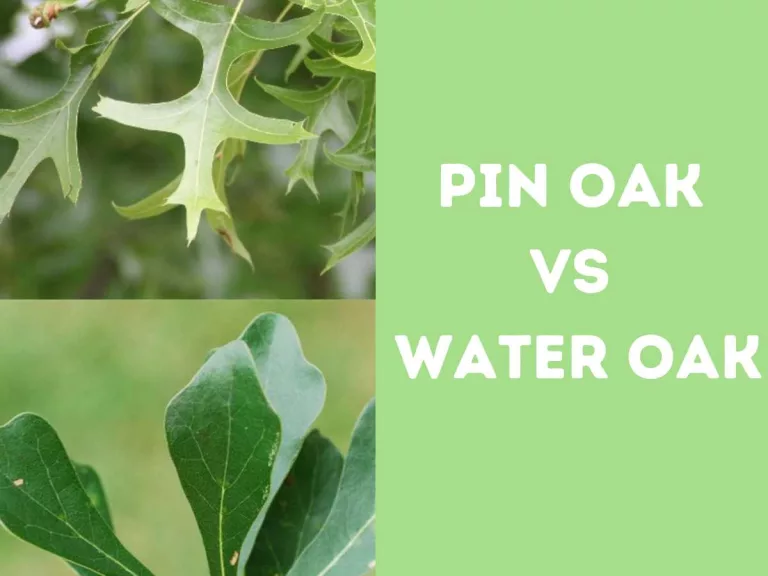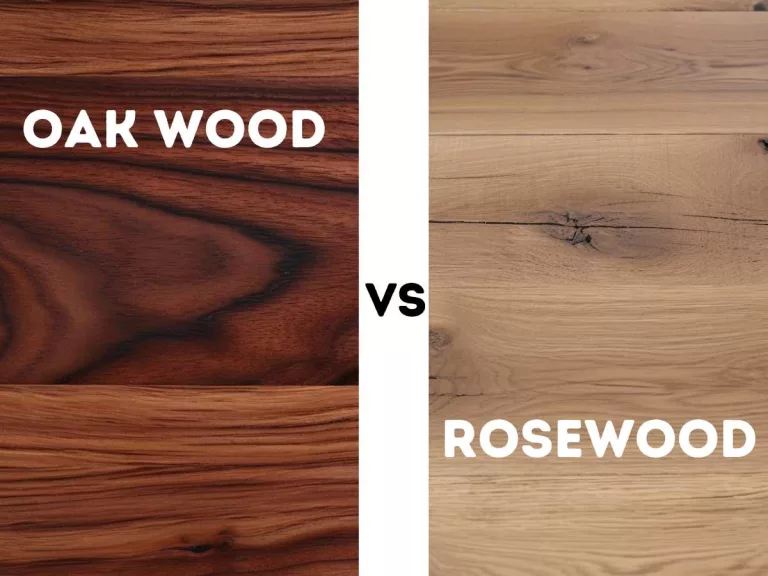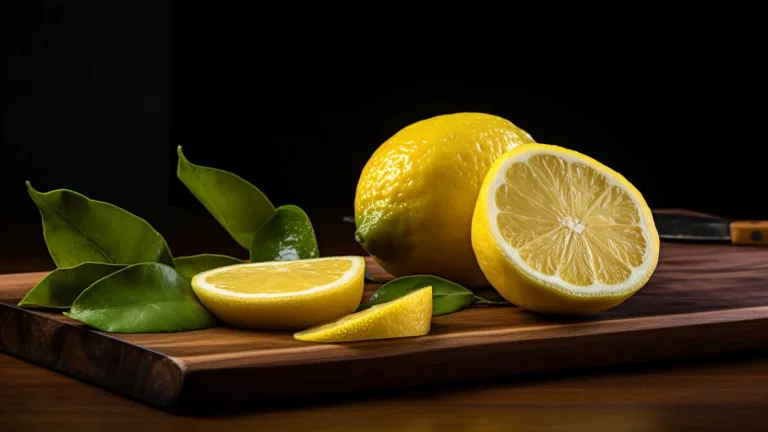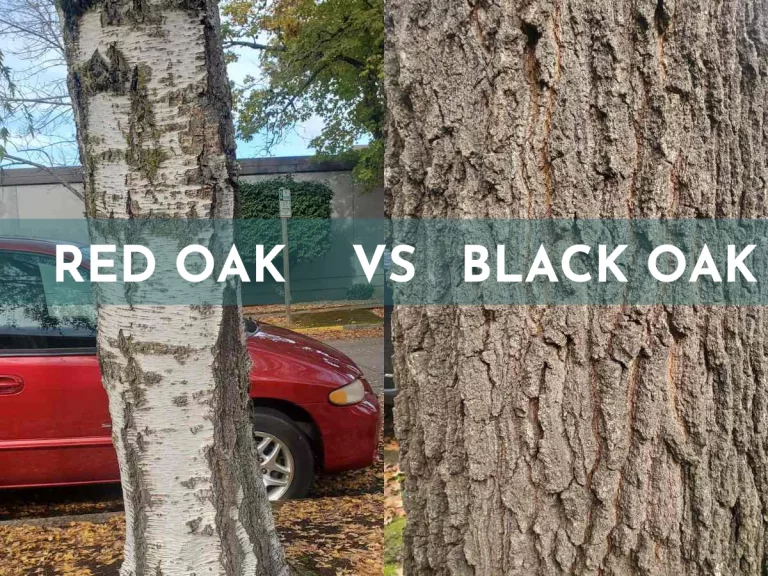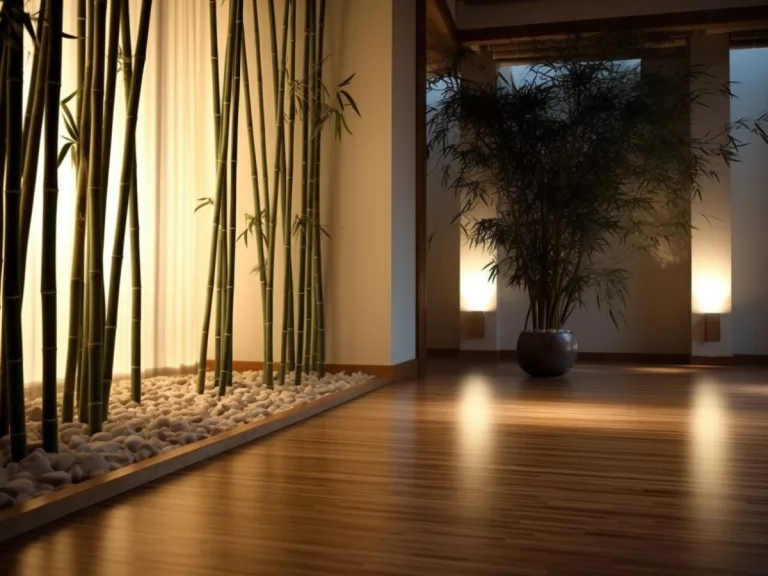How to Preserve Wood Outside: Comprehensive Techniques & Expert Insights
Discover the intricate world of wood preservation. Beyond aesthetics, the knowledge of how to preserve wood outside enhances its functionality and extends its lifespan, offering economic benefits by reducing frequent replacements and repairs.
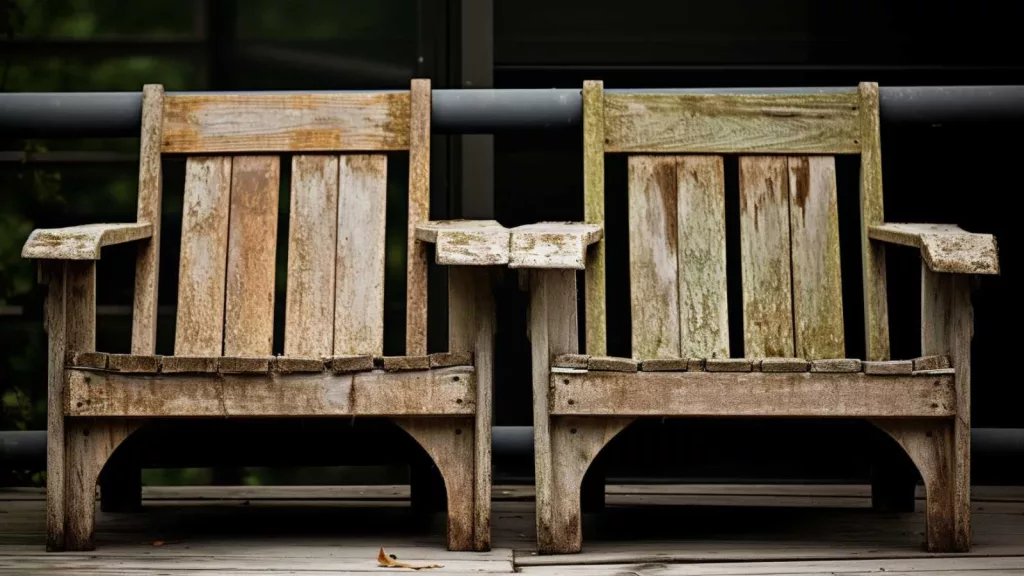
Understanding the Threats to Outdoor Wood
Every piece of outdoor wood faces challenges. From the relentless sun to pouring rain, nature tests wood’s resilience.
Environmental Challenges: Sun, Rain, Humidity, Fog, and Dew
The natural environment presents a myriad of challenges for outdoor wood. Each element, from the blazing sun to the subtle morning dew, plays a role in how wood ages and deteriorates.
The Sun’s UV Rays
Continuous exposure to ultraviolet rays breaks down wood fibers, leading to discoloration and weakening of the wood’s surface.
Rain’s Dual Threat
Rain introduces moisture, causing wood to swell. Over time, this repeated swelling and shrinking can lead to cracks and structural damage.
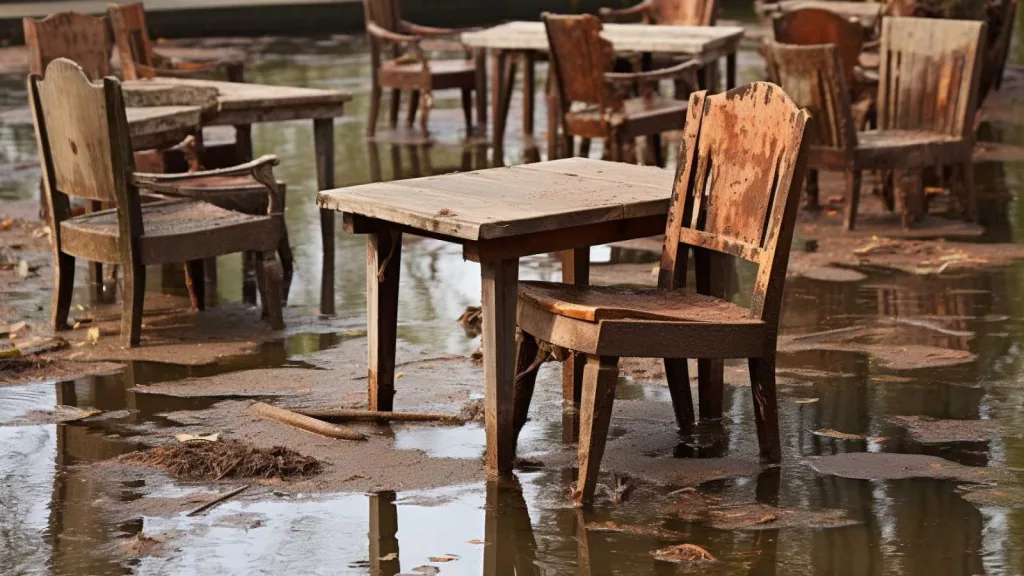
Humidity
High humidity fosters mold and mildew growth, which can discolor wood and degrade its structural integrity.
Fog’s Moist Embrace
Fog envelops wood in a moist embrace, keeping it damp for extended periods. This prolonged dampness can accelerate rot, especially in woods that aren’t naturally resistant to decay.
Morning Dew’s Subtle Impact
Dew, while seemingly harmless, can have a cumulative effect on wood. Regular morning dew can keep wood surfaces damp, especially in shaded areas, promoting fungal growth and increasing the wood’s susceptibility to pests.
Biological Threats: From Fungi to Wood-Boring Insects
Wood, a natural material, attracts various organisms. Fungi, including dry and wet rot, can weaken wood, while insects like termites can cause structural damage. Early detection and treatment are crucial.

Comprehensive Guide to Outdoor Wood Preservation
Preservation techniques have evolved, blending traditional wisdom with modern science. The entire preservation discussion today involves any kind of wooden items which is exposed to the outdoor environment. For instance, it will definitely cover the areas of how to preserve outdoor wood furniture.
Apply Protective Coating
Coatings like polyurethane, varnish, and lacquer form protective barriers, shielding wood from external threats. Each has unique properties, with some offering a glossy finish and others a matte appearance.
Natural Oils and Their Benefits
Linseed and Tung oil have been used for centuries. These oils penetrate deep, nourishing wood and offering a natural defense against decay. Modern sealants can enhance their protective qualities.
Vinegar
Distilled white vinegar acts efficiently against almost all kinds of molds and on all kinds of wood surfaces. It kills the molds and mildews.
Exploring Modern Preservation Techniques
Today, eco-friendly water-based preservatives (like, Gori 11 Wood Preservative, Osmo WR Basecoat) are gaining popularity. I use Osmo WR Basecoat most of the times. I did not know about it until I explored how to preserve outdoor wood furniture.
Innovations like heat treatments alter wood’s structure, making it less susceptible to threats without using chemicals.
Maintenance: Ensuring Longevity and Beauty
Preservation isn’t a one-time task. Regular inspections, touch-ups, and reapplications ensure wood remains in prime condition
Discoloration and Fading:
- Over time, wood can lose its original color due to UV exposure. While some discoloration is natural, excessive fading might indicate a need for UV-protective coatings or refinishing.
Signs of Rot or Decay:
- Soft spots of mold, a musty odor, or visible fungi growth are indicators of rot. It’s essential to address these issues promptly to prevent further damage.
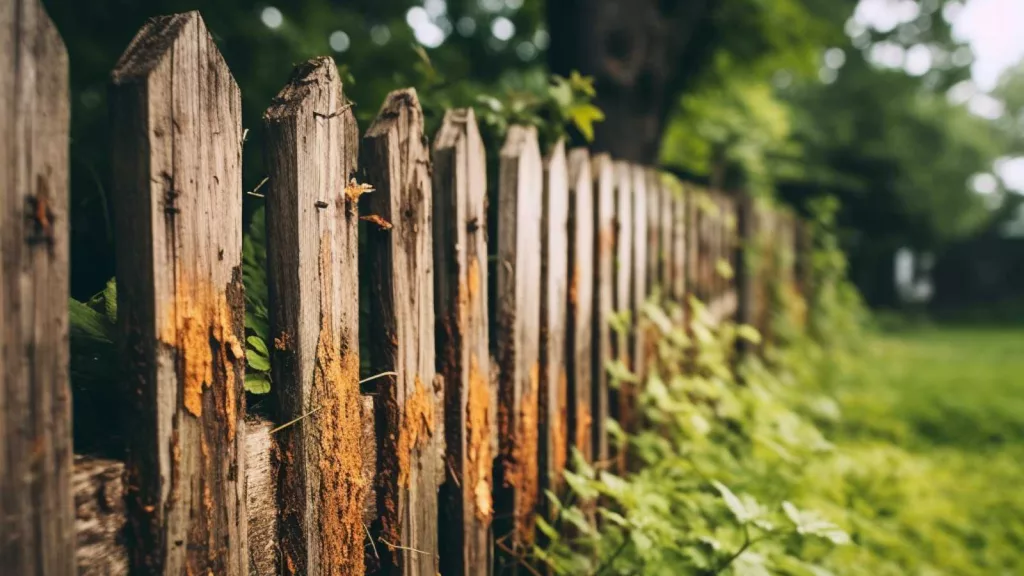
Cracks and Splits:
- Wood can develop cracks due to temperature fluctuations and moisture. Regularly inspect for any significant cracks that might compromise the furniture’s structural integrity.
Loose or Wobbly Components:
- If any part of the furniture feels unstable or loose, it might indicate wear and tear on the joints or fasteners. Tightening or replacing these parts can extend the furniture’s lifespan.
Pest Infestations:
- Look for signs of wood-boring insects, such as small holes or sawdust piles. Termites, carpenter ants, and powderpost beetles can cause severe damage if not addressed.
Recommendations for Effective Wood Preservation
Preservation is both an art and a science, requiring meticulous attention to detail.
Preparing Wood for Treatment
Clean wood ensures better adherence of preservatives. Sanding smoothens the surface, while conditioning prepares wood for treatment, enhancing the effectiveness of preservatives.
Best Practices for Applying Preservatives
Uniform application is key. Whether brushing or spraying, the goal is even distribution. Multiple thin coats often outperform a single thick one.
An Exclusive Interview
With over 20 years of experience in wood science, Dr. Md. Iftekhar Shams (Ph.D. in Wood Science and Technology from Kyoto University, Japan), Professor, Forestry and Wood Technology Discipline, Khulna University, Bangladesh has published numerous papers on wood nanofiber and molecular mechanisms of wood. In our exclusive interview, he discussed on wood decay. Here is an excerpt.
Interview with Dr. Md. Iftekhar Shams, Wood Scientist
Hobbydisiac: Dr. Shams, how do environmental factors impact wood aging?
Dr. Shams: UV rays from the sun break down wood’s lignin, causing discoloration and brittleness. Moisture leads to swelling and shrinking, resulting in cracks over time.
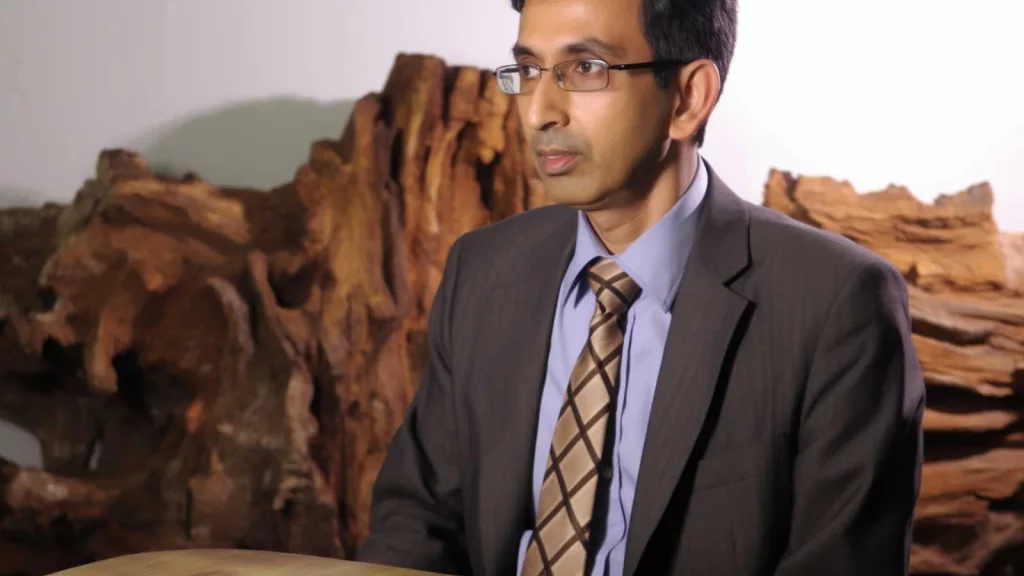
Hobbydisiac: Any early signs of decay to watch for?
Dr. Shams: Yes, early detection is crucial. Look for discoloration, which can be a sign of UV damage or mold growth. Soft spots or areas where the wood feels spongy can indicate rot. And of course, visible cracks or splits are clear indicators that the wood is under stress.
Hobbydisiac: Tips for preserving outdoor wood?
Dr. Shams: Clean regularly, use a UV-protective sealant, and in humid areas, apply a moisture-repellent treatment.
Hobbydisiac: Thank you, Professor, for sharing your expertise with us!
Conclusion
Outdoor wood preservation is more than just applying a coat of preservative. It’s about understanding wood and its long-term relationship with outdoor environment, respecting its natural qualities, and using knowledge to enhance its lifespan.
Related Posts
FAQs
How do you make wood last forever outside?
Regular maintenance, using protective sealants, and choosing weather-resistant wood types can extend outdoor wood’s lifespan.
What can you put on wood to keep it from rotting outside?
Apply water-repellent preservatives, anti-rot treatments, or exterior-grade sealants to prevent rot.
How do you make wood outdoor proof?
Seal the wood with UV-protective finishes, use moisture barriers, and ensure proper ventilation to make wood outdoor-proof.
What can I put on raw wood to preserve it?
se natural oils like linseed or tung oil, or apply wood preservatives and sealants to protect raw wood.
What is the best protection for outdoor wood furniture?
UV-resistant sealants and water-repellent finishes are best for outdoor wood furniture protection.
What can I put on wood to protect it outside?
Apply exterior-grade varnish, wood stains, or protective oils to safeguard outdoor wood.
How do you seal wooden outdoor furniture?
Clean the furniture, sand if necessary, and apply a clear exterior sealant or wood-specific finish.
How do you make wooden outdoor furniture last?
Regularly inspect and clean the furniture, apply protective coatings annually, and cover or store it indoors during extreme weather to prolong its lifespan.

